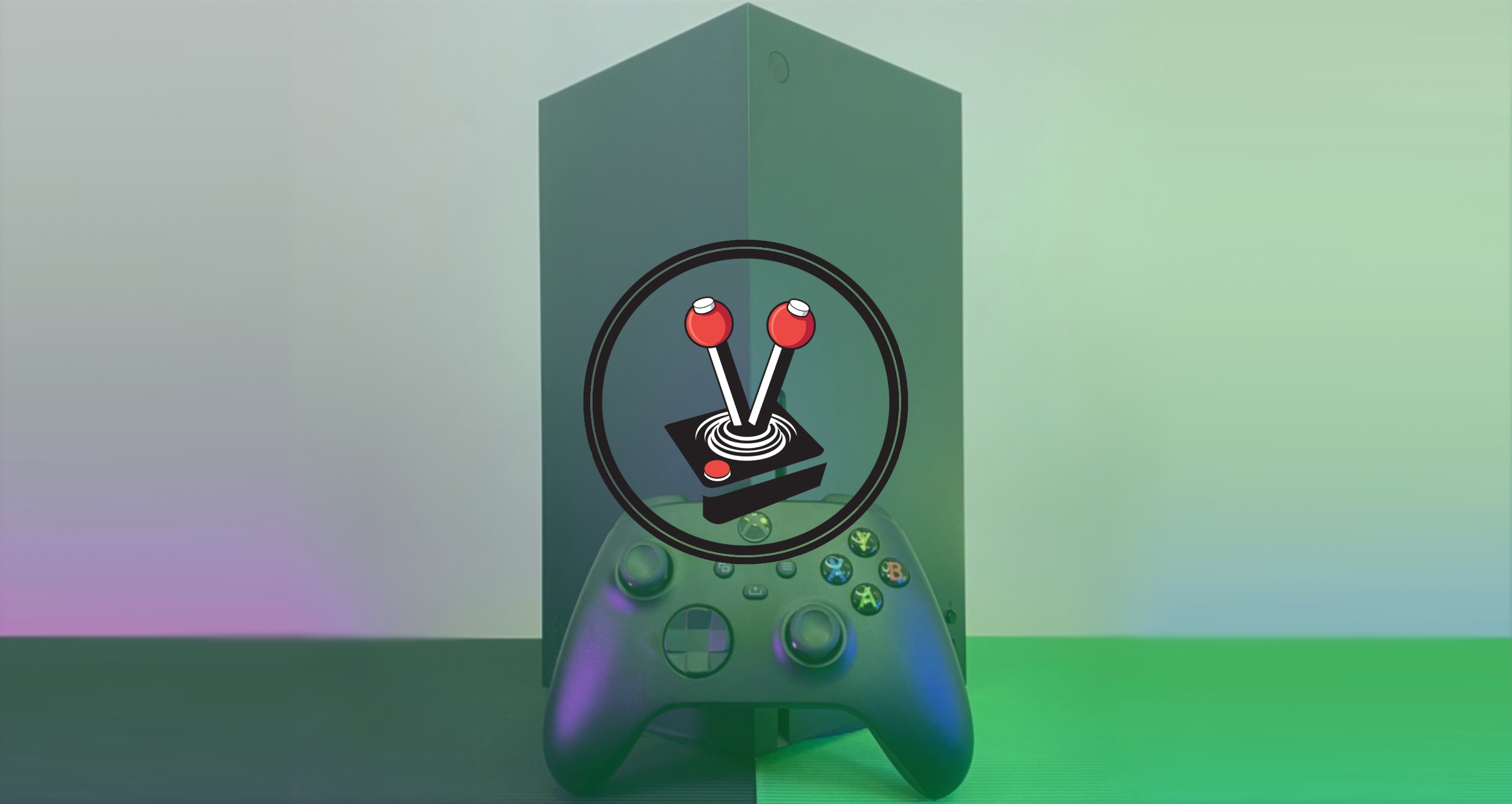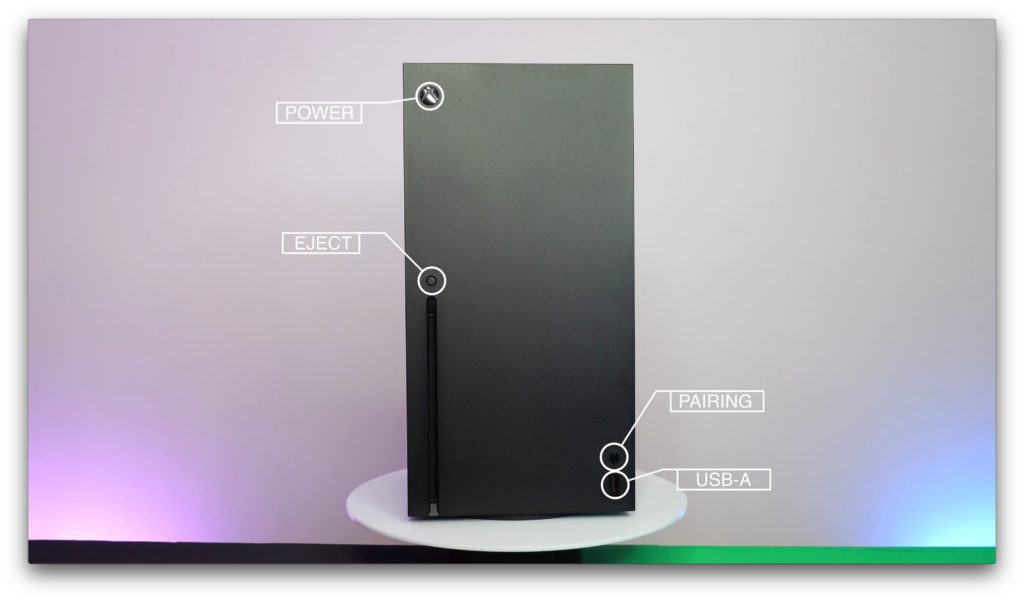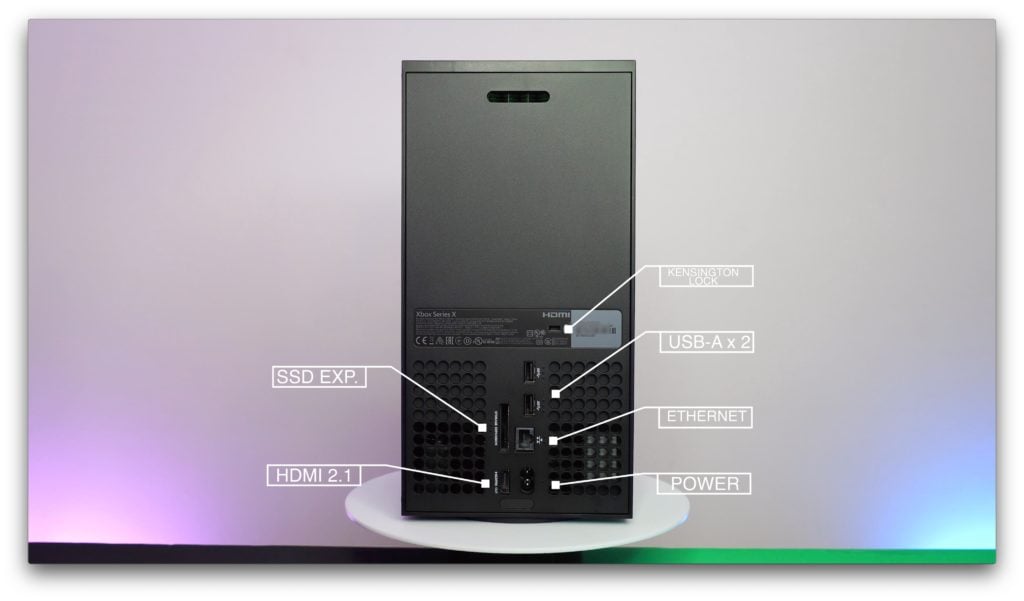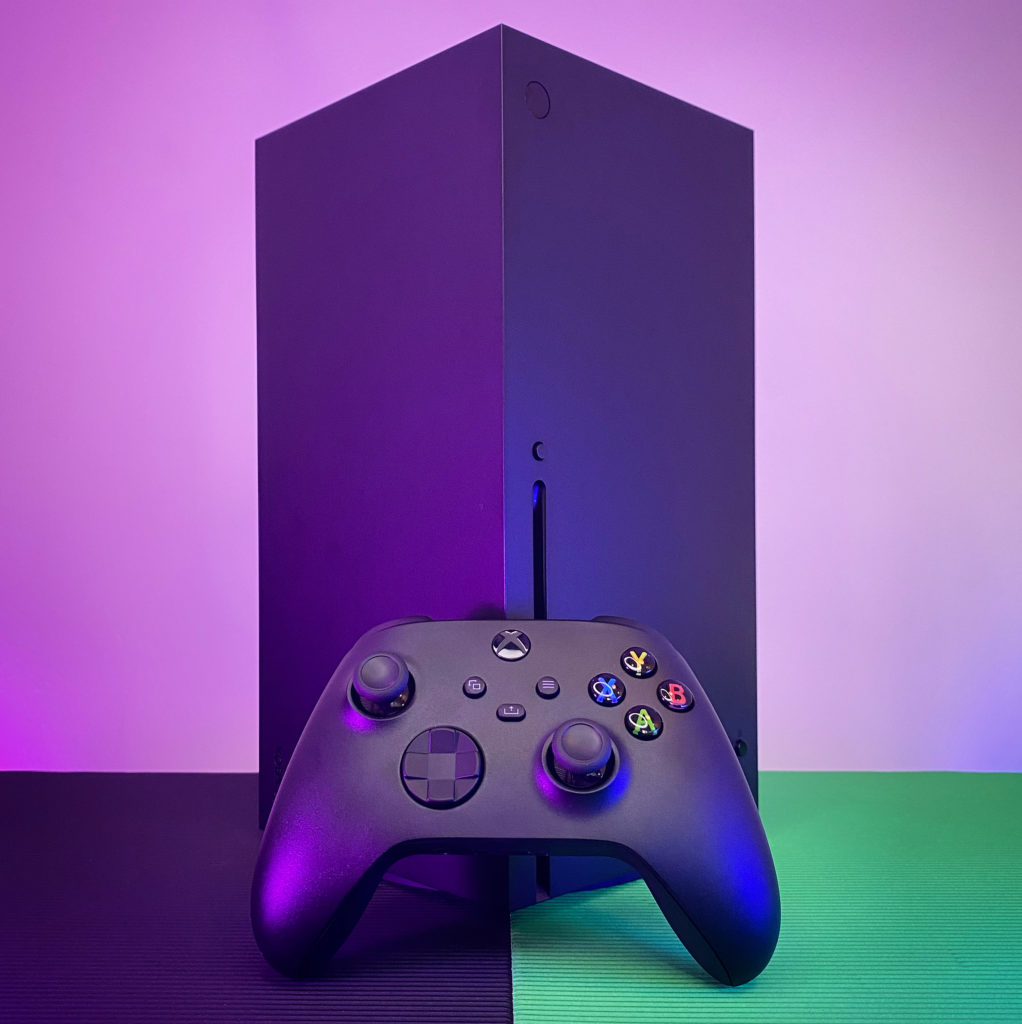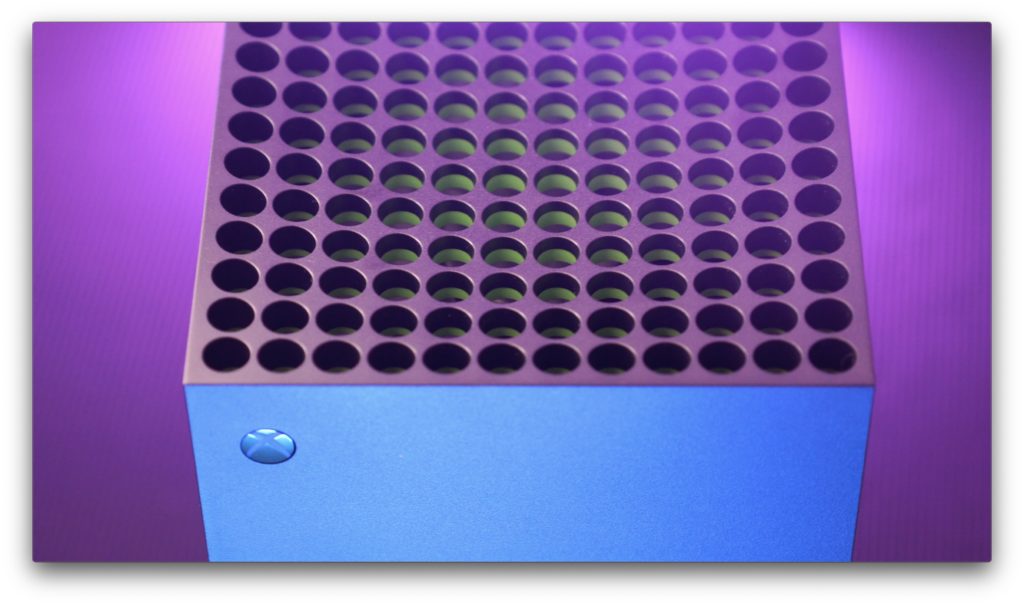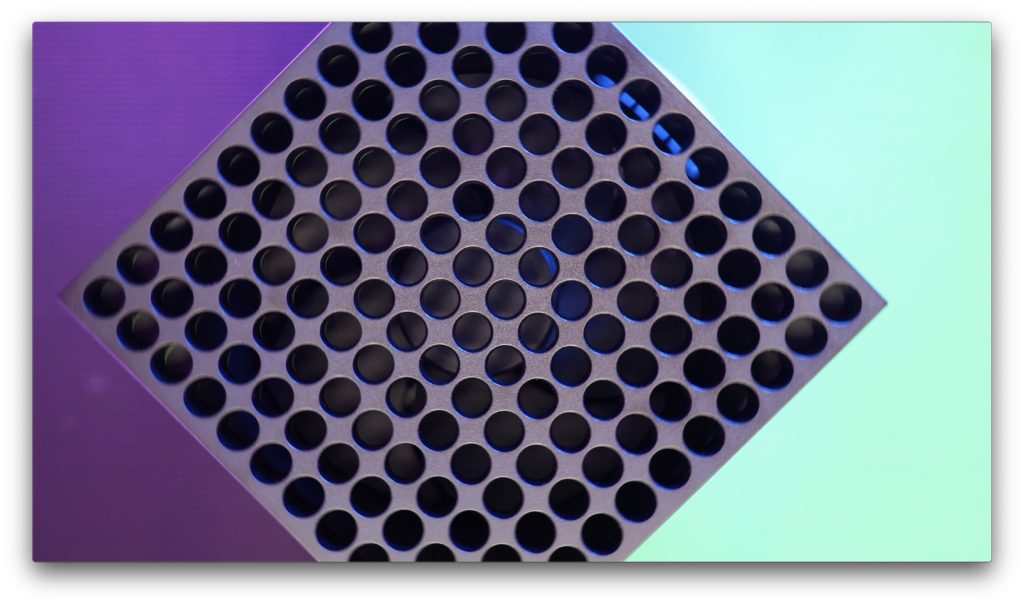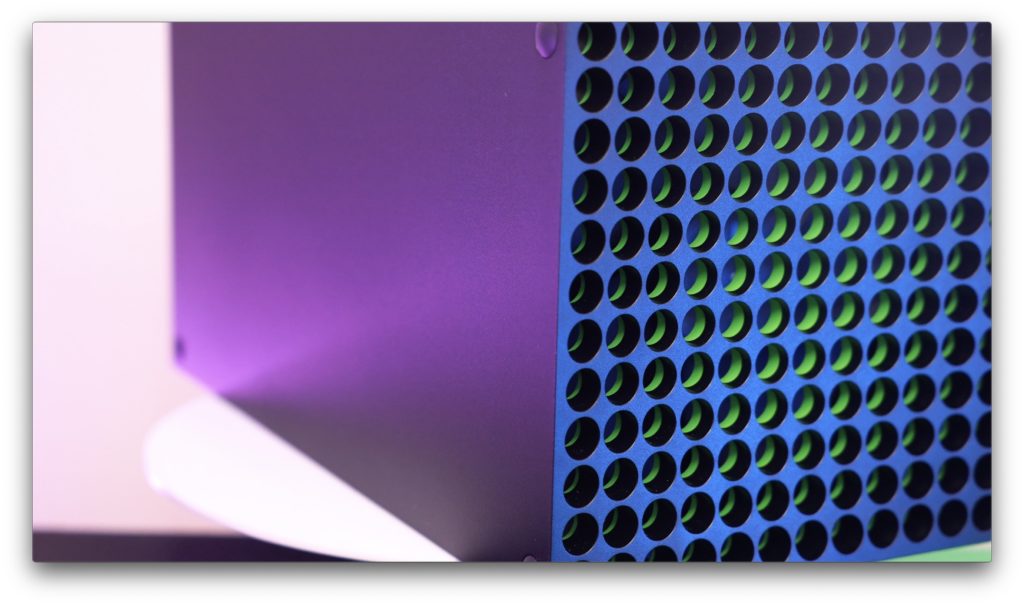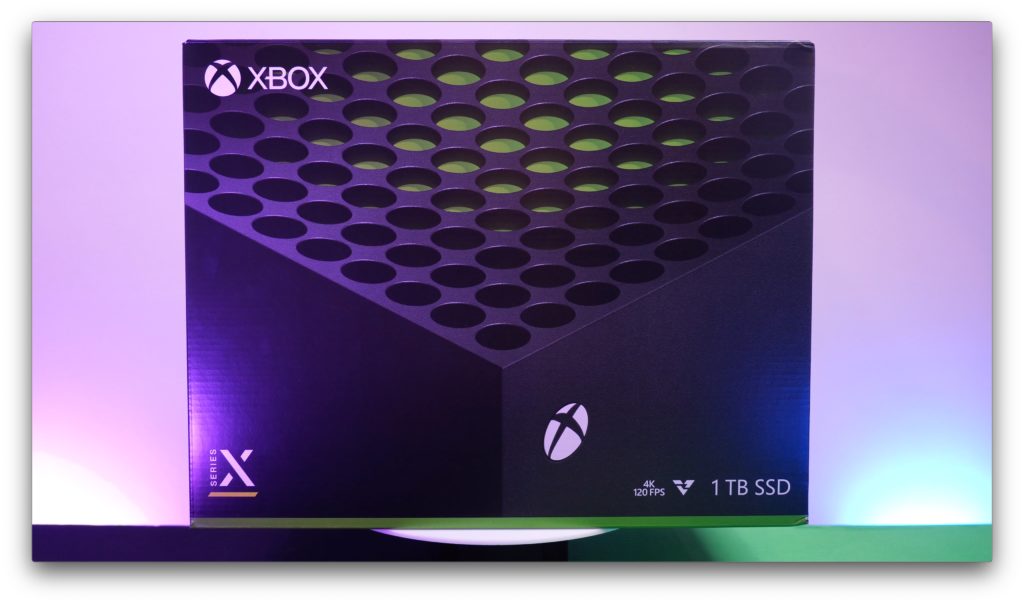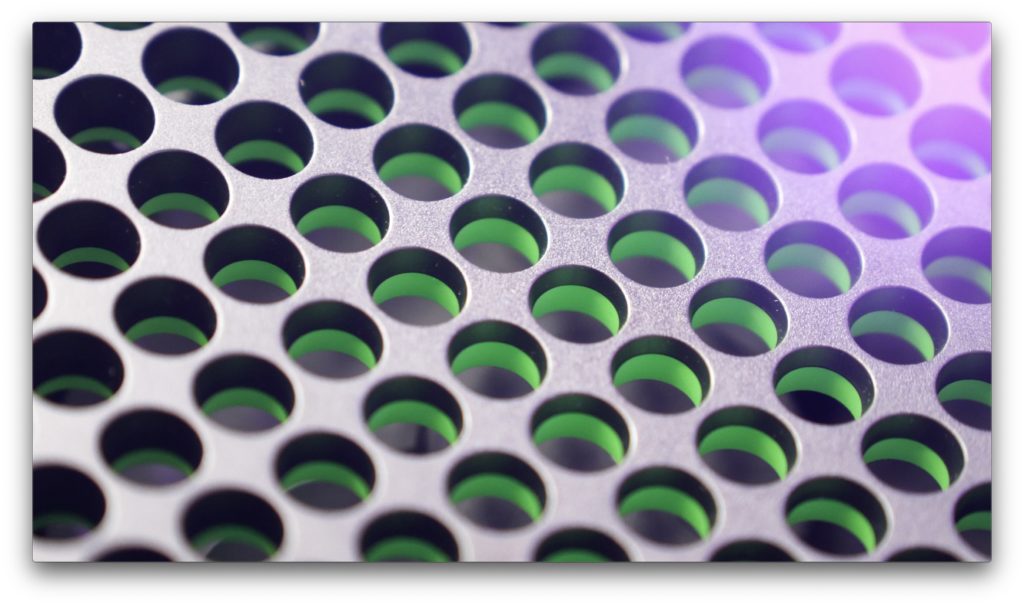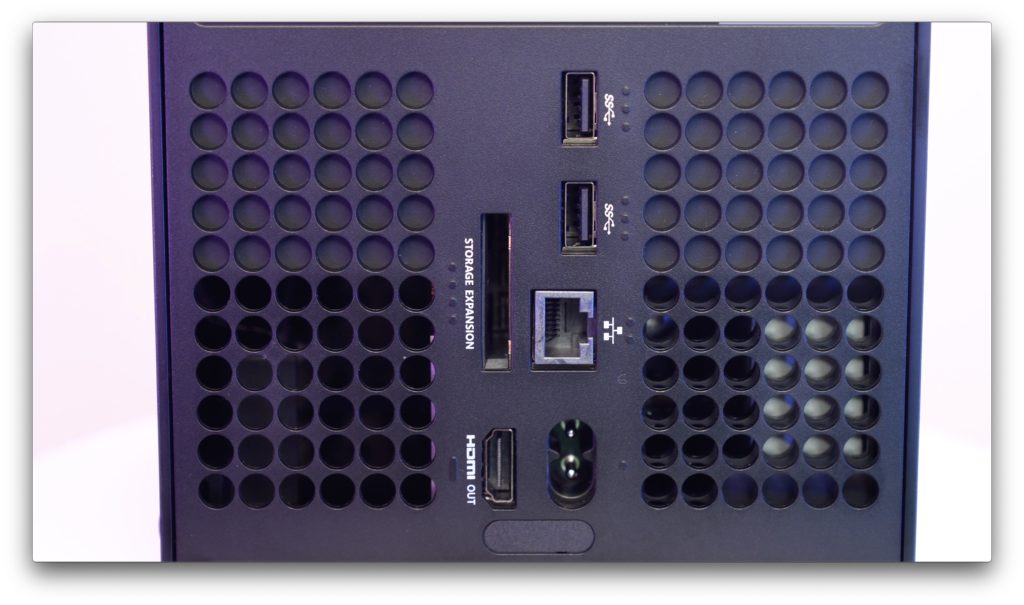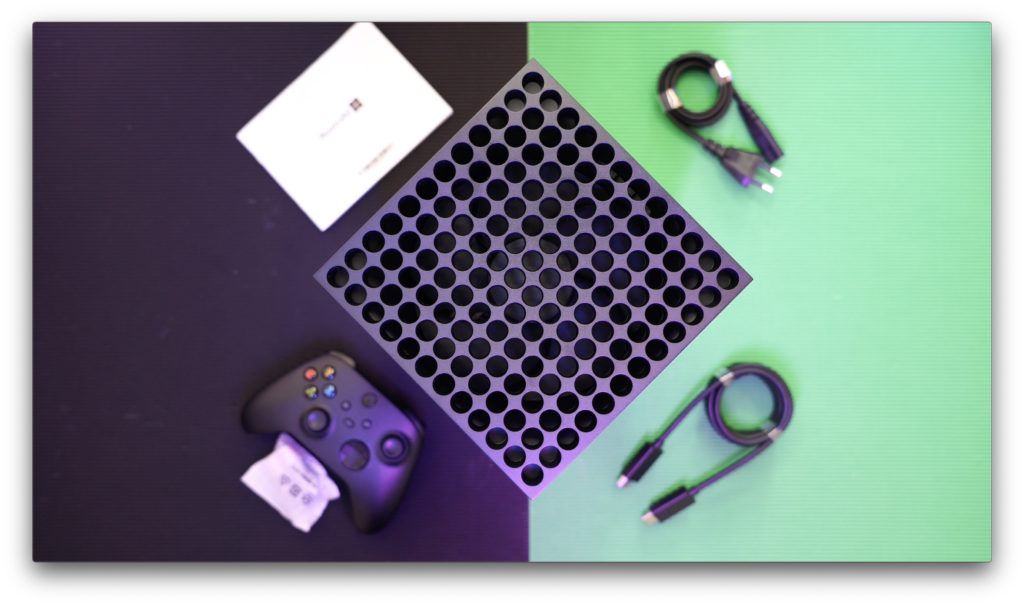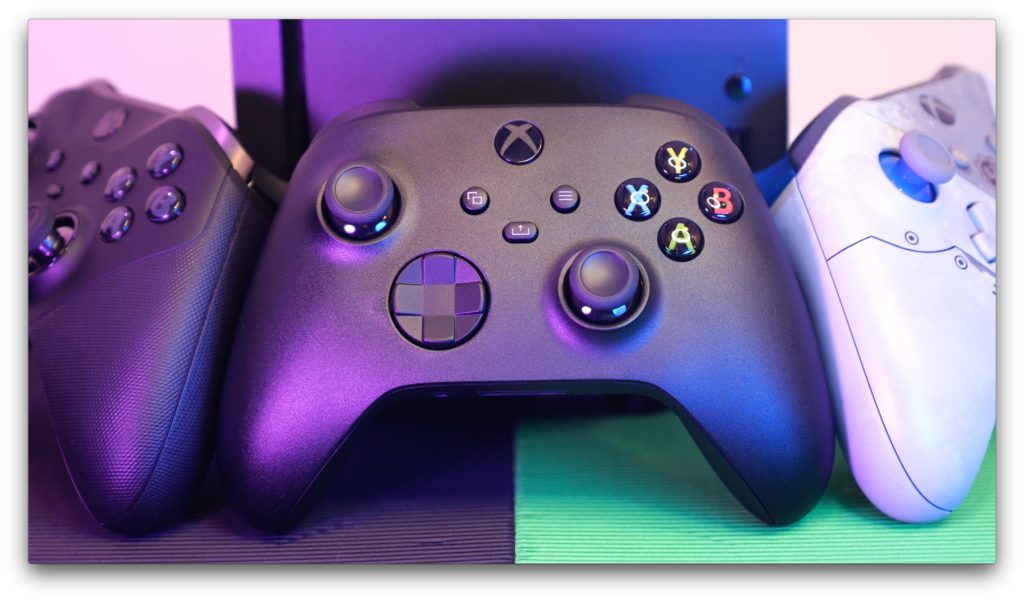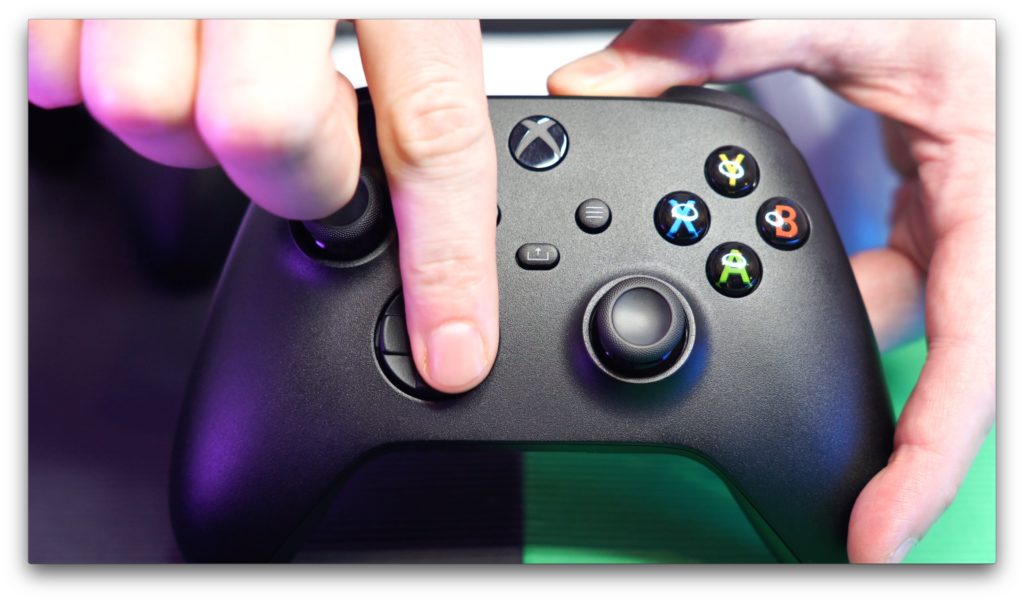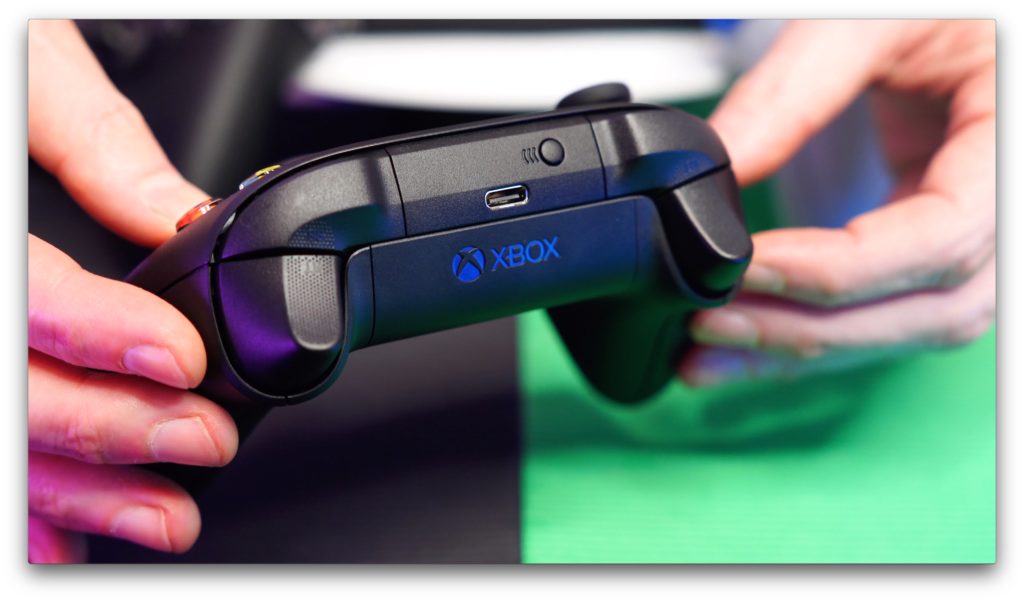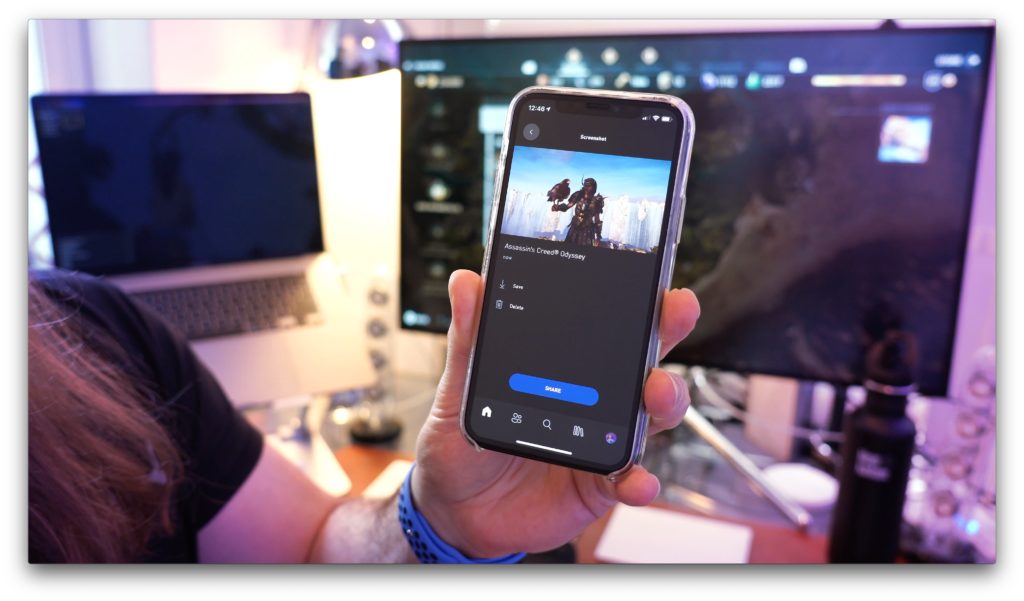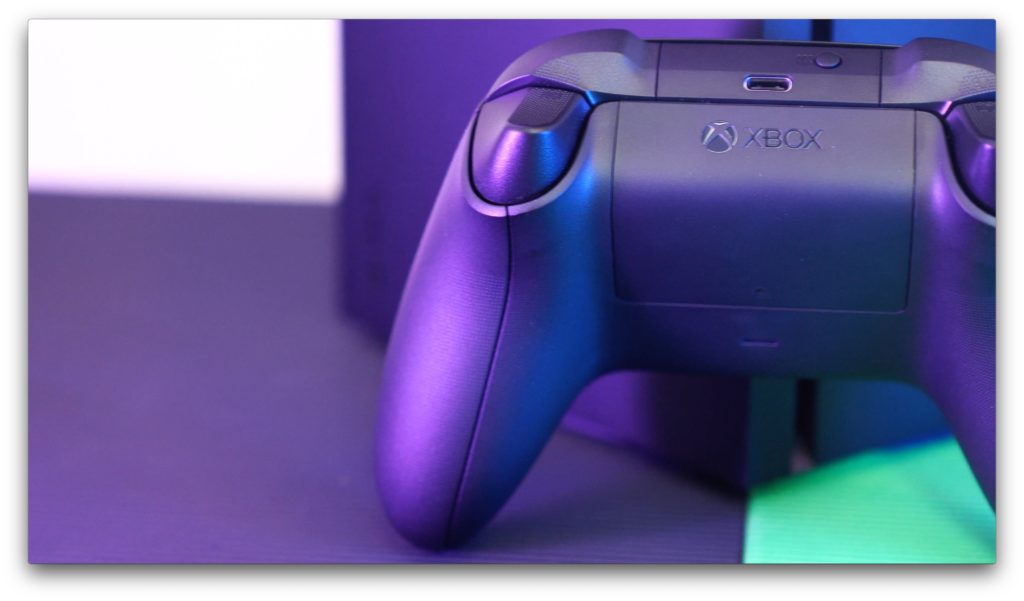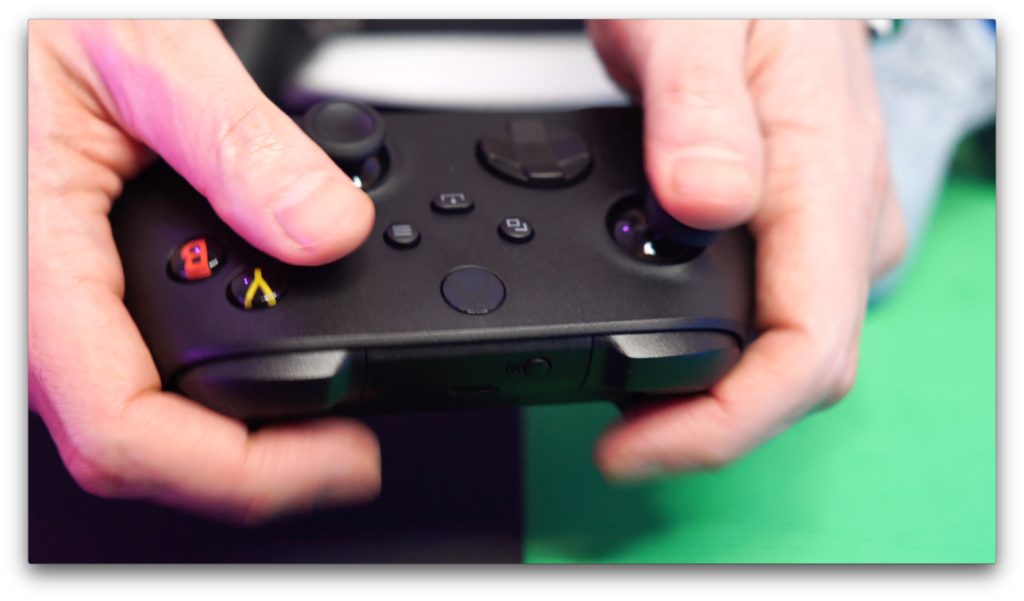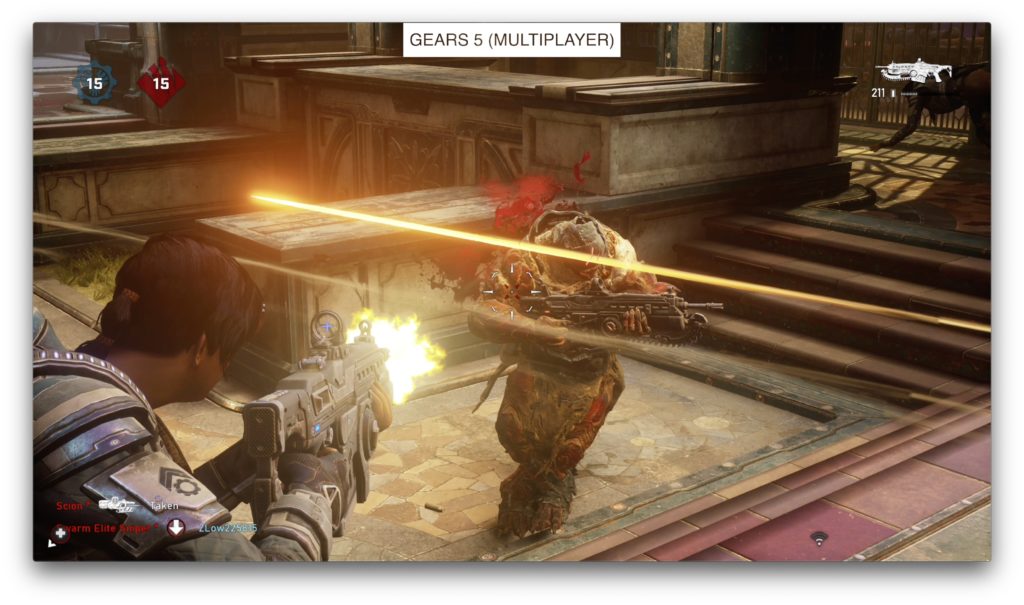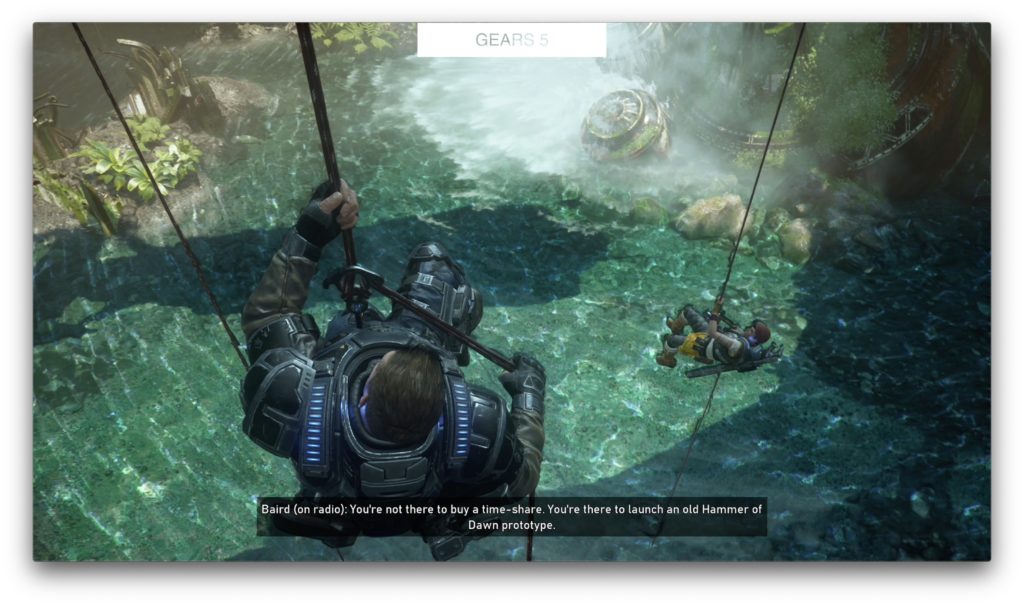After seven glorious years with both the original Xbox One and PlayStation 4, an all new generation of consoles is about to release. Over the last few weeks, I have had the privilege of reviewing Microsoft’s brand new Xbox Series X before release. The experience has been positive and I have come away impressed, but not without some reservations.
The Xbox Series X is launching around the world on 10 November for US $499 and ZAR R11999, and everything about the console, from the outer packaging through to the first moments of unwrapping and seeing the device, makes it quite clear how Microsoft wants it to be the focal point of the experience and thus your next generation of play.
At first glance, the console easily draws comparisons to the monolith from 2001 A Space Odyssey. It offers a simple, sleek and somewhat understated design that is both beautiful and timeless. In this sense it has a smooth matte black finish that, rather unfortunately, is also a terrible fingerprint magnet. However, this is par the course for most high end devices that sport this kind of a finish – like laptops.
The Xbox Series X is 15.1 cm in length and width, and 30.1 cm tall. With these dimensions, it does make it ever so slightly challenging to place in an entertainment centre. Especially in setups with traditional sized drawers that might not accommodate the horizontal position. Vertically, however, is ideally the way the console should be displayed; and when done so, it offers a truly sleek yet somewhat awe inspiring centre piece. A piece of equipment that looks very premium, belying the fact that it is a simple games console.
The front of the console has a 5gbps USB-A port, the disc drive, disc eject and a pairing button for controllers and devices. Interestingly, the pairing button also serves as an IR port for remote controls. The left side of the console is bare, and the right features four rubber feet for those who choose to place the console horizontally. A trademark feature of the Xbox Series X is the trypophobic air vent at the top, which features the most magnificent green layer – one that shifts and changes depending on how you are looking at it. It gives the console an extra level of personality. The bottom features a rubber base with the words “Hello from Seattle” and clearly implies the console’s vertically designed nature. The rear of the console features a single HDMI port to connect a display (gone is the HDMI-in many people with set-top boxes enjoyed), two extra 5gbps USB-A ports, a gigabit Ethernet port, a Kensington lock and a power port.
In terms of input and output, it is disappointing to not see USB-C on the Xbox Series X console, especially when the Series X controller and Elite Series 2 controllers both support the standard. In addition, it is peculiar as to why why Microsoft went with 5gbps instead of 10gbps for the USB-A ports. By comparison, PS5 has both USB-C and all ports are 10gbps. These strange omissions would have served to further future proofed the device and may have even allowed for even speedier and cheaper external storage – granted, not good enough to compete with the Internal SSD or external memory card, but more so in terms of copying back and forth between devices. In addition, the WiFi card in the Xbox Series X is limited to WiFi 5 and does not support WiFi 6 – thus disappointing early adopters who have WiFi 6 routers and gigabit Internet. Even so, WiFi 5 should be more than fast enough for every day tasks and the system worked just as well, if not better, than previous Xbox consoles. After all, one can only do so much when Microsoft‘s download servers are more the issue than the Internet speed.
The main console aside, anyone familiar with Xbox will instantly recognise the Xbox Series X controller. In contrast to what Sony is doing with the Dual Sense, the Series X controller is very much a refinement of the Xbox One controller. Basically, Microsoft have opted for a “if it ain’t broke, don’t fix it approach”. In this sense, the controller looks similar to previous controllers, features the same face buttons and even the same adaptive trigger technology. This time, however, it is ever so slightly smaller than before, and therefore feels quite a bit better in the hands. It is also clear how Microsoft have expertly made use of the research that went into developing the Elite Series 2 controller in developing the Xbox Series X controller. In so doing, the Series X controller has a host of new changes.
These include a new textured underside that also extends to the triggers and bumpers, and the way buttons feel has also been taken from the more premium controller; resulting in triggers with far nicer clicks and better tactile response than before. The controllers have also even been designed with latency in mind, and certainly do appear to be more accurate than controllers of the past. Three other major changes to the controller include a USB-C port, an all new d-pad with a wonderful new look and clicky feel, and the addition of a Share button for even easier capturing of photos and videos. In keeping with Microsoft’s promise to retain the ability for Xbox Series X consoles and controllers to be backwards compatible, the controller has the normal aux input as well as the old connector port at the bottom – for anyone who still has the awesome Xbox One chat pad. It is absolutely a refinement of the well known Xbox controller, making it the best none-pro Xbox controller currently available.
In terms of the operating system (OS), Microsoft has once again opted for the familiar versus a complete design overhaul. In this sense, the Xbox Series X features the exact same OS that is now available on Xbox One consoles. It is a much faster and more nimble experience with a visual design that helps to further bridge the divide between Windows computer and game consoles. With that said, the Xbox Series X version of the OS does have a few extra bells and whistles like a new animated background and enabling features only present on the newer console. The initial setup process is also superb, taking less than 10 minutes on a 200mbps fibre line (yes, there will be an OS update on launch day).
On paper, the Xbox Series X looks formidable. It is, by all accounts, the most powerful next generation system. However, specifications are only one part of the story. It is more important to focus on the way the system operates and feels, and what next generation innovations it might bring to the table. In this sense, there are two specific standout features worth talking about for the Xbox Series X: velocity architecture and high frame rates.
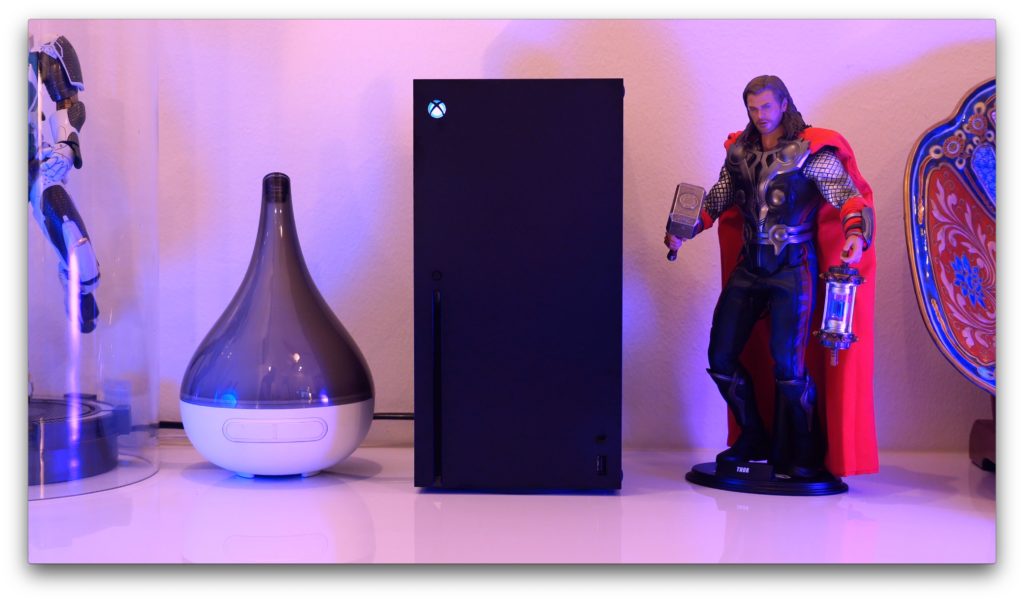
Velocity Architecture is the term Microsoft is giving to its custom storage solution in the Xbox Series X. Using a combination of unique and purposefully built hardware and software, the company has created a ‘one stop shop’ for developers to make the most out of the system’s built-in one terabyte NVMe SSD. From the moment the console is powered on, it is quite clear how well the Velocity Architecture works. With an instant-on time of less than 2 seconds (often being ready to play before a monitor or television has even realised the source is active), a cold-boot time of less than 20 seconds, and a restart time of 45 seconds; the console is always ready before the kettle can even be turned on. The same speed benefits apply to all games, even those not designed for Xbox Series X. In fact, there were no Velocity Architecture developed games available for testing during the review period. Despite this, most ‘optimised for Series X’ games loaded in under 15 seconds; with many backwards compatible titles loading in a quarter of the time they would normally take on Xbox One. It is safe to say that games built specifically around NVMe storage will be incredible for the next generation of gaming.
Perhaps the single most impressive feature of the operating system, and offering a taste of Velocity Architecture at work, is Quick Resume – a system level feature that allows games to be suspended and immediately resumed in 15 seconds or less. In my opinion, it is the most impactful feature out of everything on offer with the Xbox Series X. Being able to switch in and out of games in mere seconds is a literal game changer. Gone are the days of lamenting switching away from your current game in order to play with friends online. Without even a second thought, you can switch to the multiplayer game and your current game will be suspended via Quick Resume. Thereafter, should you wish to return to the game you were playing, either immediately after your session, or perhaps in a few days time (or even weeks and months, depending on how many games you play at a time); it will be there waiting and ready to play in less than 15 seconds. In my tests, the Quick Resume cache was able to maintain about seven or eight titles in a suspended state by means of a rotating roster; whereby the last game saved in Quick Resume will be replaced by whatever new game is loaded once the cache limit has been reached (there is currently no indicator of whether a game is being removed from Quick Resume or not, and is something Microsoft will hopefully add at a later stage). The speed and efficacy of Quick Resume is truly a feature that needs to be experienced; and is an absolute highlight of the Xbox Series X.
As wonderful as SSD technology is, it does come at both a price and reduction in storage capacity. The one terabyte Xbox Series X can handle about 15 Xbox One and Series X games before needing additional space. In a world where games can have install sizes over 200 GB, it means that gamers will have to shell out for Microsoft’s expandable storage (for Series X optimised games) or external HDD or SSD storage to keep older backwards compatible games (Xbox One and earlier). Either way, this is a stark reality that gamers will have to face if they want to enjoy the best speeds available for the next generation.
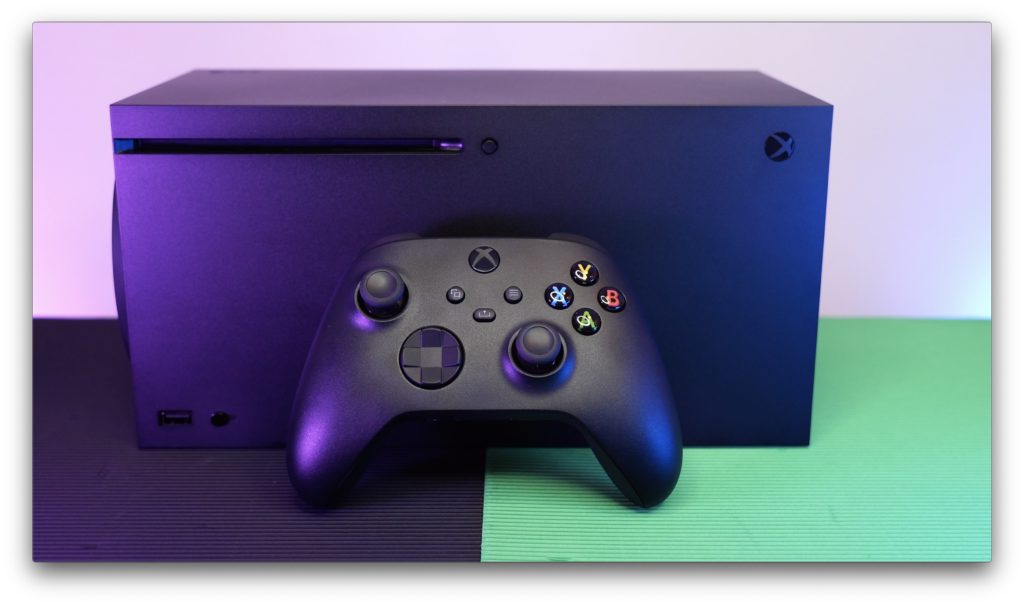
Courtesy of faster storage along with beefier processors and graphical processor units; the Xbox Series X is capable of pushing games with resolutions of 4K or higher with frame-rates of up to 120 Frames Per Second (FPS). Although initially sceptical of these claims, given how even modern graphics cards fail to push solid 4K visuals on high presets at 60 FPS, the results are far more impressive than first thought. On the whole, the Xbox Series X appears to be able to push a 4K resolution at 60 FPS at ‘high presets’ without much issue (dynamic resolution scaling aside). In this sense, it is already a vast improvement over the previous generation, which barely managed 4K 30 FPS with the pro consoles. Of the Xbox Series X optimised titles available during the review period (Forza Horizon 4, Gears 5, Gears Tactics, Yakuza: Enter the Dragon, Dirt 5 and a few more) only two offered support for 120 FPS: Dirt 5 and Gears 5’s multiplayer. Of the two, only Gears 5 can be discussed despite reviews having already dropped for the former.
The jump from 30 to 60 FPS is immediately perceptible, offering far smoother and better overall gameplay. In fact, higher frame-rates also help with input latency; given how there are more frames rendered in less time. The result is nothing short of eye watering, offering a form of fidelity that needs to be experienced versus explained. Admittedly, I do feel 120 FPS is catering more towards a niche market. The jump from 60 to 120 FPS is less obvious than 30 to 60. However, it does make a difference in titles where twitch responses mean winning or losing. Therefore, in Gears 5 multiplayer for example, the difference was clear and is very much a “once you have played it like this, you will not want to go back” scenario. In terms of frame rates, it is important to understand how it is up to the developers to implement, and higher frame rates often require a reduction in graphical fidelity. So results may vary going forward, but it is nice to know the option might be available for those with the hardware to support it (HDMI 2.1 capable monitor or screen).
In terms of next generation games, the verdict is still unclear for Xbox Series X (and the same is true for PlayStation 5). The launch window for both next generation consoles is very slim, with Xbox technically having more optimised and exclusive titles available for its debut. Even so, there are less than a handful of titles developed solely to take advantage of the system and its many benefits. For the most part, a large majority of titles are cross-generational; meaning they have also been developed for Xbox One and PlayStation 4. With this in mind, save for a small handful of games like The Medium, many games that players will use on the Xbox Series X will likely not be developed to specifically take advantage of the system – at least not right now. In a few months time (years more likely) this will change, and the Xbox Series X (along with PlayStation 5) will be in a much better position to showcase exactly how capable it really is. With that said, there is clearly no worries about games on the system.
Unlike any of the other console competitors on the market, the Xbox ecosystem has Game Pass. A wonderful all-you-can-eat buffet of over 200 titles waiting to be downloaded and played for a simple monthly subscription (US $9.99/ZAR R169.99) and includes all of Microsoft’s first party developed titles. However, it is a service that is also available on PC. Now this is where Microsoft‘s approach to the next generation is once again severely diverging from the rest of the group. Rather than making games solely for Xbox consoles, Microsoft wants you to be able to play your games in whatever way you feel most comfortable. If that means playing on a mobile phone or PC instead of an Xbox console, then great. Microsoft is not interested in tying you to a device as much as they would rather rope you in to subscribing to their ecosystem. With that said, it begs the question: why buy an Xbox Series X?
The answer is a little more nuanced than simply because it is “the best new Xbox available”. For the most part, it is simply more economical to invest in a games console than it is, for example, to invest in a PC. At the time of this review, it is almost impossible to find a computer at the same price as the Xbox Series X that is capable of ray tracing, playing games at either 4K 60 FPS (let alone 120 FPS) or with the kind of SSD the console features. As such, purchasing a console is a much better investment in the longterm than purchasing new components for a personal computer – at least to start. However, it is abundantly clear that PC gaming is the best way to play games, and with Microsoft you at least do have that option with Game Pass. However, if consoles are more your forte, and you are looking for an incredibly quiet, well built, wonderfully unassuming, incredibly fast and filled with potential new console; than the Xbox Series X currently offers one of the best places to invest in Microsoft’s maturing ecosystem.
| Model | Xbox Series X (2020) |
| Brand | Microsoft Xbox |
| Compatibility | Games for: Xbox Series, Xbox One, Xbox 360 & Xbox |
| Acquisition | Review product courtesy of Microsoft |
Owner, founder and editor-in-chief at Vamers, Hans has a vested interest in geek culture and the interactive entertainment industry. With a Masters degree in Communications and Ludology, he is well read and versed in matters relating to video games and communication media, among many other topics of interest.

